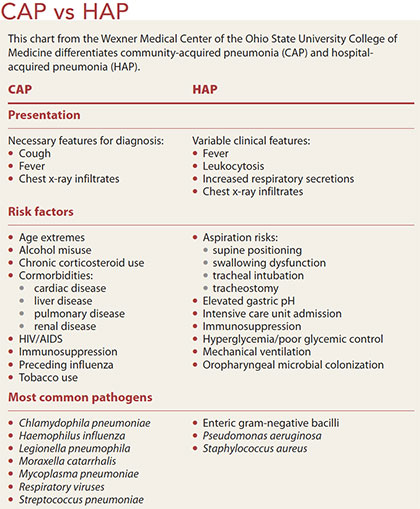41+ Risk Factors For Bacterial Pneumonia PNG. Coinfection with h1n1 influenza increases the risk of secondary bacterial pneumonia, with s pneumoniae the most likely coinfection. Pneumonia — learn about the symptoms, causes and treatment of this serious lung infection.

It's usually caused by a bacterial infection.
Bacterial pneumonia is a complication in approximately one third of patients with severe influenza, resulting in intensive care unit (icu) admission.2 diagnosing coinfection can in the last few seasons, coinfection in patients in the icu with influenza has emerged as an independent risk factor for death. It is a leading cause of illness in young children and causes illness and death among the elderly and persons who have certain underlying medical conditions. Previous history of pneumonia was a major risk factor for current pneumonia. The specific antibiotic choice depends on such factors as your general health, other health conditions you may have, the type of medications you are currently taking (if any), your recent (if any) use of antibiotics, any evidence of.
Komentar
Posting Komentar